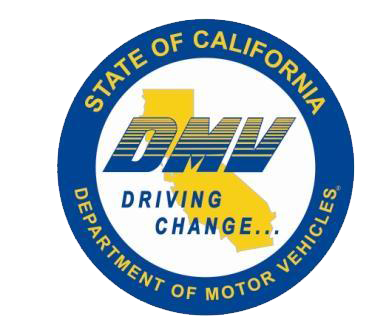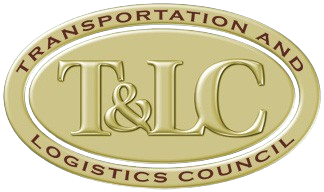Trucking Attorney Offers Tips to Maintain Top CSA Scores
Although federal regulators are studying a possible change in the way they measure motor carrier safety known as the “Item Response Theory,” the Compliance Safety Accountability program is likely to remain in place, a trucking attorney told a group of industry executives.
The CSA safety measurement system has been in operation for about 10 years, and there has been some criticism of the program, said Timothy Wiseman with Indianapolis-based law firm Scopelitis, Garvin, Light, Hanson & Feary, P.C.
“I think we’re stuck with [CSA] SMS the next few years,” Wiseman said at an Aug. 26 session of the 2021 Scopelitis Transportation Law Seminar, a three-day event attended by 350 trucking executives and attorneys. “I don’t see any plans for the agency to get rid of that particular program.”
Wiseman said truckers should be aware that despite motor carrier safety scores being kept from public view, shippers, brokers and freight forwarders often are able to find them from vendors.
“What we’ve seen in my law firm, and what I’ve seen in my practice, is that having above threshold SMS scores on a carrier’s record can lead to a number of bad things,” Wiseman said.
Those “bad things” can include a loss of business, increased insurance premiums and stepped-up enforcement scrutiny from the Federal Motor Carrier Safety Administration, he said.
As a result, Wiseman offered recommendations for motor carriers to keep their safety ratings in check. The list includes:
- Update company FMCSA MCS-150 forms more often than the once-every-two-years requirement, adding vehicle miles traveled and the number of trucks to better impact your SMS score.
- Conduct internal audits of safety and compliance efforts on a regular basis.
- Manage technology to your maximum advantage, using the data to coach and discipline drivers.
- Manage your FMCSA portal and SMS data daily. Keep proof of repairs for roadside inspection violations, and if a driver has been cited for an ELD violation, make sure you coach him or her and provide discipline.
- Beware of chameleon carrier regulations when restructuring. “FMCSA is always on the lookout to ensure that carriers are not using restructuring to hide a bad safety record,” Wiseman said.
- Despite the driver shortage, don’t make exceptions from your hiring criteria. “That’s where liability exposure comes in and can lead to punitive damages in accident litigation,” he noted.
- Don’t ignore electronic logging device reports or oversight.
In a separate Aug. 26 conference session on enforcement, Sean Garney and Stephen Keppler, co-directors of Scopelitis Transportation Consulting, updated attendees on enforcement numbers.
Garney said enforcement trends show a 400% increase in the number of FMCSA off-site compliance reviews in recent years.
However, from 2019 to 2021, roadside inspectors have issued 38% fewer acute violations and 29% fewer critical violations. An acute violation is one in which the violation was so grossly unsafe that the FMCSA requires immediate corrective action. A critical violation is one that FMCSA feels demonstrates a lack of control over safety management.
Some roadside inspection violations generally have not changed, Garney said. For example, the percentage of driver out-of-service violations has been about 5%, while vehicle out-of-service violations have remained around 20%, Garney said.
“The driver violations we typically see include speeding, traffic control devices, false logs, seat belts and no CDL,” Keppler said. “On the vehicle side, it’s the proverbial BLT sandwich — brakes, lights and tires. Typically, not changing much year to year.”
Garney said there was a quick drop in hours-of-service violations for some time after the ELD requirement went into effect in December 2017.
“And now there is a very slow and gradual climb back to where we were,” he said. “Now we’re at about at .84%, getting about as many hours-of-service violations per inspection as we were before.”
Keppler said, “What this means is that there’s a lot of activity and a lot of work that isn’t moving the needle. We need to change behavior. Behavior drives performance.”
Content Disclaimer: Due to the constantly changing nature of government regulations, it is impossible to guarantee the total and absolute accuracy of the material contained herein or presented. NorthAmerican Transportation Association (NTA) cannot and does not assume any responsibility for omissions, errors, misprinting or ambiguity contained. NTA shall not be held liable in any degree for any loss, damage or injury caused by any such omission, error, misprinting or ambiguity present. It is made available with the understanding that NTA is not engaged in rendering legal, accounting or other professional service. If legal advice or other expert service is required, the services of such a professional should be sought.











